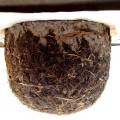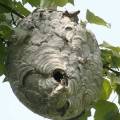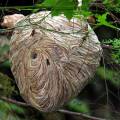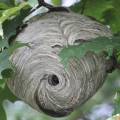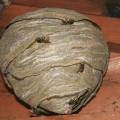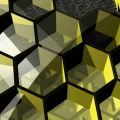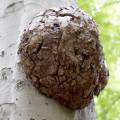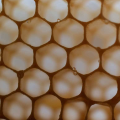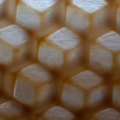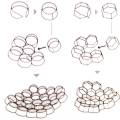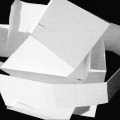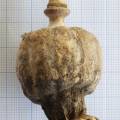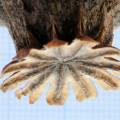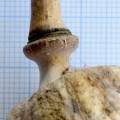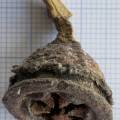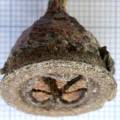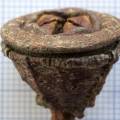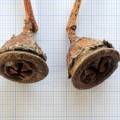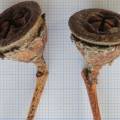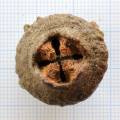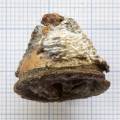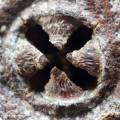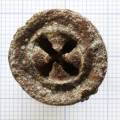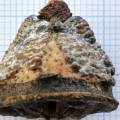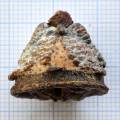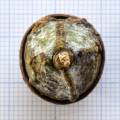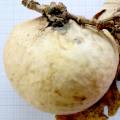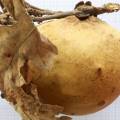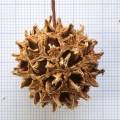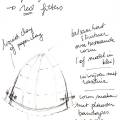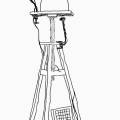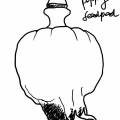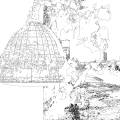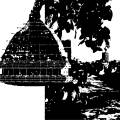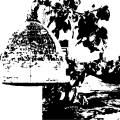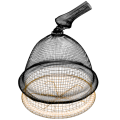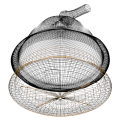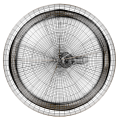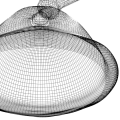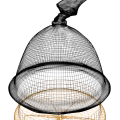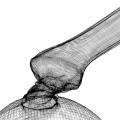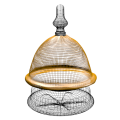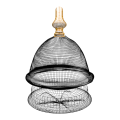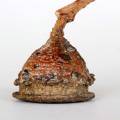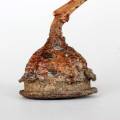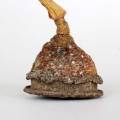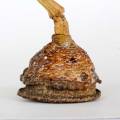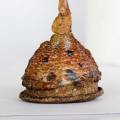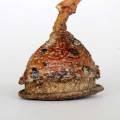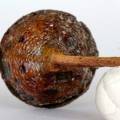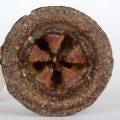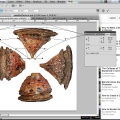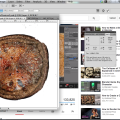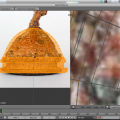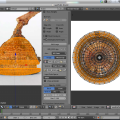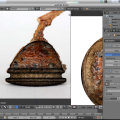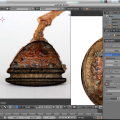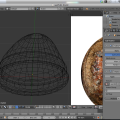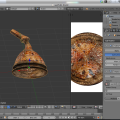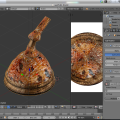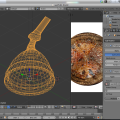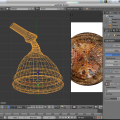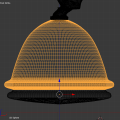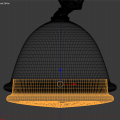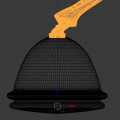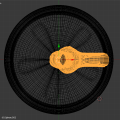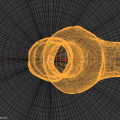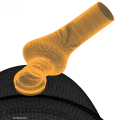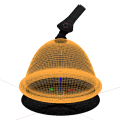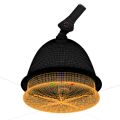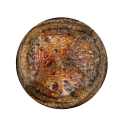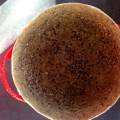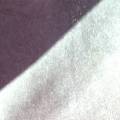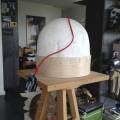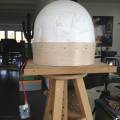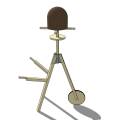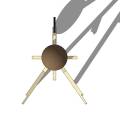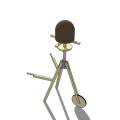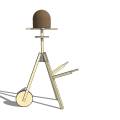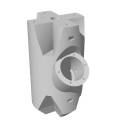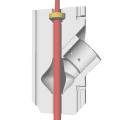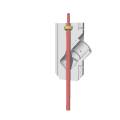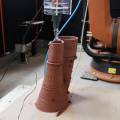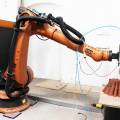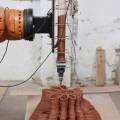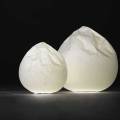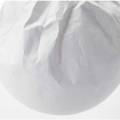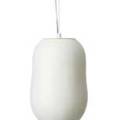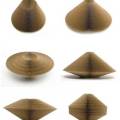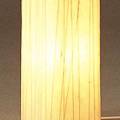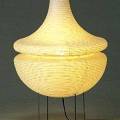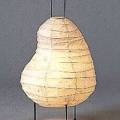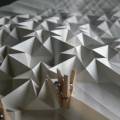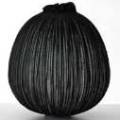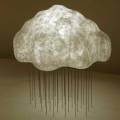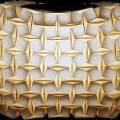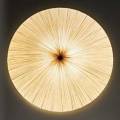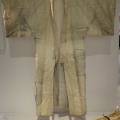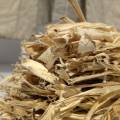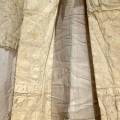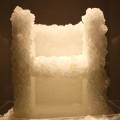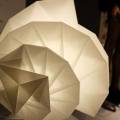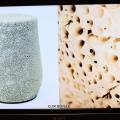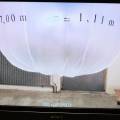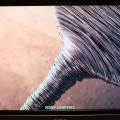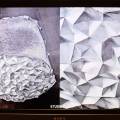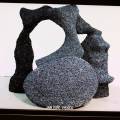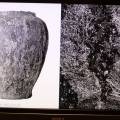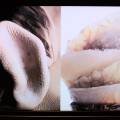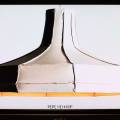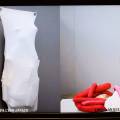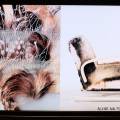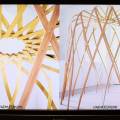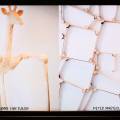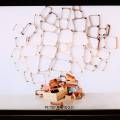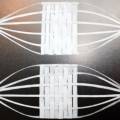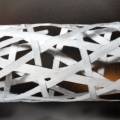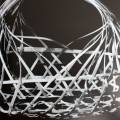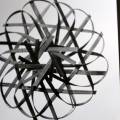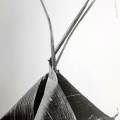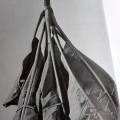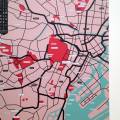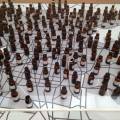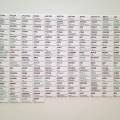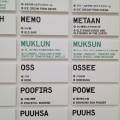Table of Contents
Bee colonies are now threatened in all industrialized nations, including many European countries. Given that the survival of bees is crucial for human sustainability, there is a great urgency to improve by all means the ways in which colonies could thrive. This project proposes to do that by building Intelligent Beehives. These are hives that have been enhanced with sensors, processing power and telecommunication facilities in order to monitor the health of the colony without interference and thus allow better care. Because bees are recognized as important biomarkers, the Intelligent Beehive is augmented with sensors and sensory processing algorithms that analyze the quality of pollen and propolis as well as the behavior of the bees in order to monitor the state of the ecology in the surrounding area.
The Intelligent Beehive is in itself an important innovation, which could have a major impact on the sustainability of European agriculture and plant life. But the project innovates also in ICT by adopting a Green ICT approach at all levels: The structure of the hive will be built using parameterized designs that are fabricated with 3D printing facilities using novel biodegradable materials. The hive's ICT components will be powered using microbial fuel cells using the bodies of dead bees and honey as source, so that the system is self-sufficient in terms of energy. The processing and telecommunication infrastructure will exploit techniques of low energy computation and physically implemented with biodegradable organic circuits. Computation-intensive post processing for geo-mapping and statistical analysis will be carried out through distributed voluntary computing.
The project will not only build prototypes of the Intelligent Beehive but also conduct field studies in urban and peri-urban areas, exploit results using open source hard- and software methodologies, and motivate communities to accept bees and beehives in their environment through dissemination actions.
organic guerilla beehives
Nest site selection by the honey bee, Apis mellifera:
Honey bees exhibit preferences in several nest site properties. The following preferences were identified («>» means «preferred to»):
- nest height, 5>1 m; entrance area, 12.5>75 cm2
- entrance position, bottom >top of nest cavity
- entrance direction, southward>northward
- nest cavity volume, 10<40>100 liters
The data also suggest preferences exist for previously inhabited nest cavities and for nest sites beyond 300 m from the parent colony.
Nest sites with high exposure and visibility were occupied more rapidly than sites with low exposure and visibility.
No preferences were found in the following variables:
- entrance shape (slit vs. circle)
- nest cavity shape (cube vs. tall parallelepiped)
- cavity draftiness (sound vs. drafty)
- cavity dryness (wet vs. dry)
Cavity draftiness and dryness are probably important to bees, but because bees can seal and waterproof their nests, they may be less demanding about these two nest site variables than about those they cannot modify.
The complex process of nest site selection apparently benefits a honey bee colony in several ways, including facilitation of colony defense and hygiene, simplification of nest construction and microclimate control, and reduction of foraging competition with the parent colony.
bird nest inspiration
the design of the organic beehive
The models are created from iterative processes where ideas are explored through the production of mock-ups. We do material studies, there are manual sketches and computer drawings: they all form an intrinsic part of the research towards the design of an organic guerilla beehive.
We have to think about new materials, inspired by nature. We can experiment with a list of raw materials (list without limition): corn starch, brown sugar, glutinous rice, coconut fibers, hemp, mushroom mycelium, coffee ground, linen, cotton. We can e.g. cut old natural woven carpets with the lasercutter. We can dye raw materials with color extracts from plants as indigo (from the Indigofera tinctoria) or orange from the Calendula officinalis.
research on forms and materials
research on printheads (kuka robot)
wax/mud, clay/paperpulp/fibers/propolis-mix
Waspnests as inspiration source for organic designs. Is it possible to make an organic hive that is as aesthetic and as strong as the examples from nature? How do the wasps construct their nest -layer by layer- from materials recuperated in nature, wood fibers and saliva, chewed to mouldable subsistance and built-up from scratch?
Last image is a test for an organic hive, made from plantfibers (Helianthum annuum and Calendula officinalis, mixed with paperpulp and seeds).
Other materials to play with on hive-surfaces: cristallized honey, sugar & salt cristals, dead-sea mud, green clay (argile vert), composed felt, wax + propolis, washi paper, plaster, cocos fiber, pieces of solar cells, …
seedpods
Seedpods from
Eucalyptus
Black Oak Apple gal
Papaver somniferum
drawings seedpods
blender hive design
making a silicone mould
@ academie Anderlecht: emmanuel.chessa@gmail.com
Tot nu toe is de ideale blender verhouden 0,85 tot 0,9 wat in real size een hive met diameter 35cm en hoogte 28 tot 30cm zou moeten geven.
information about moulding:
moulding ⇒ http://www.annikafrye.de/rotomolded-light/
plaster/vegetal beehive
Mould with plaster bandage
Adjusted with wood-glue
Inside reinforcement with epoxy
Inside layer with paperpulp, vegetalbe pulp (homegrown red beet & celery and homegrown potatoes Sarpo mira) and seeds (natural glue from Spelt flour, sugar and vinegared water)
support for mobile beehives
fabclay experiments
http://www.fabclay.com/ (fablab barcelona)
Person in charge @ fablab Barcelona: Starksky = ars Naya Lara starsky62@gmail.com
biomimicry
biomimicry google
the biomimicry manuals
biology workshops
What happens when living organisms grow on designed structures made of organic, super fertile material? Create a design, print it using a hacked 3D printer and organic material, which is a fertile breeding ground for a slime mould (Physarum polycephalum), and see how the mold grows and redefines the shape of your structure. The aim is to design artificial systems combining digital strategies and living material.
Physarum polycephalum - Biological meets digital computing
Over the past few decades, biology has entered the collective debate more than any other science. Organisms can be manipulated, by combining different features, to perform specific functions. Designers cannot be careless about the contribution of this science, that enables a paradigm shift of the design tools, changing them from a system of representation of a product, to a direct materialization of the product through novel specific processes (e.g. 3D printing); this by defining a new balance between the autonomy of the process itself and the will of the designer.
DIY bio-logic, de Waag
de Waag
wax plotter, 3D printer
big 3D printer
officina Maurizio Montalti
YouTube, bio plotter development
http://youtu.be/ONXOdwxw9bY
japanese washi paper
The three-dimensional structures are sculpted using Japanese washi paper, which is commonly made using fibers from the bark of the gampi tree, the mitsumata shrub, or the paper mulberry, but can also can be made using bamboo, hemp, rice, or even wheat.
All the materials used to produce “Washi” are plants, including mulberry plants such as Kozo, which can grow to the size of a tree, shrubs such as Gampi and Mitsuamta, and hemp. During its preparation, only the bast between the bark and the wood is used. The pulp or ‘fibre mass’ is extracted as part of a sophisticated process. This is added to the root-paste in a tub filled with water, soaked and then ladled out using a sieve lined with a fine matte. The so-called “root-paste” is a Japanese idea that improves the intermeshing of the fibres. After the water has been squeezed out using a large press, each sheet is lifted individually onto dry boards, which are then exposed to air.
wood and washi tradition
mulberry
bamboo
hemp
rice
wheat
about 3D washi
washi village
vegetal coloring
- kukkuma, fresh and dried
- indigo
- red beet
- calendula officinalis
installation set-up:
- herbaria (dried plants, drawings)
- petri dishes with bacteria cultures (schimmels, agar agar)
- dye powders and pollen in test tubes
- represent dead bees
Rubia tinctorum http://en.wikipedia.org/wiki/Rubia_tinctorum
Cochineal http://en.wikipedia.org/wiki/Cochineal (karmijn rood)
alum / mordant (alum powder) = aluin
http://en.wikipedia.org/wiki/Alum
http://en.wikipedia.org/wiki/Mordant
a substance, typically an inorganic oxide, that combines with a dye or stain and thereby fixes it in a material
sensors, arduino's and raspberry pi's
network between the different beehives
arduino's and raspberry pi's
raspberry add-ons
Gnode for sending sensor information from different beehives over wireless network to 1 centralised point to be send to computer
optical sensors to measure dust (need air stream)
camera / raspberry pi

